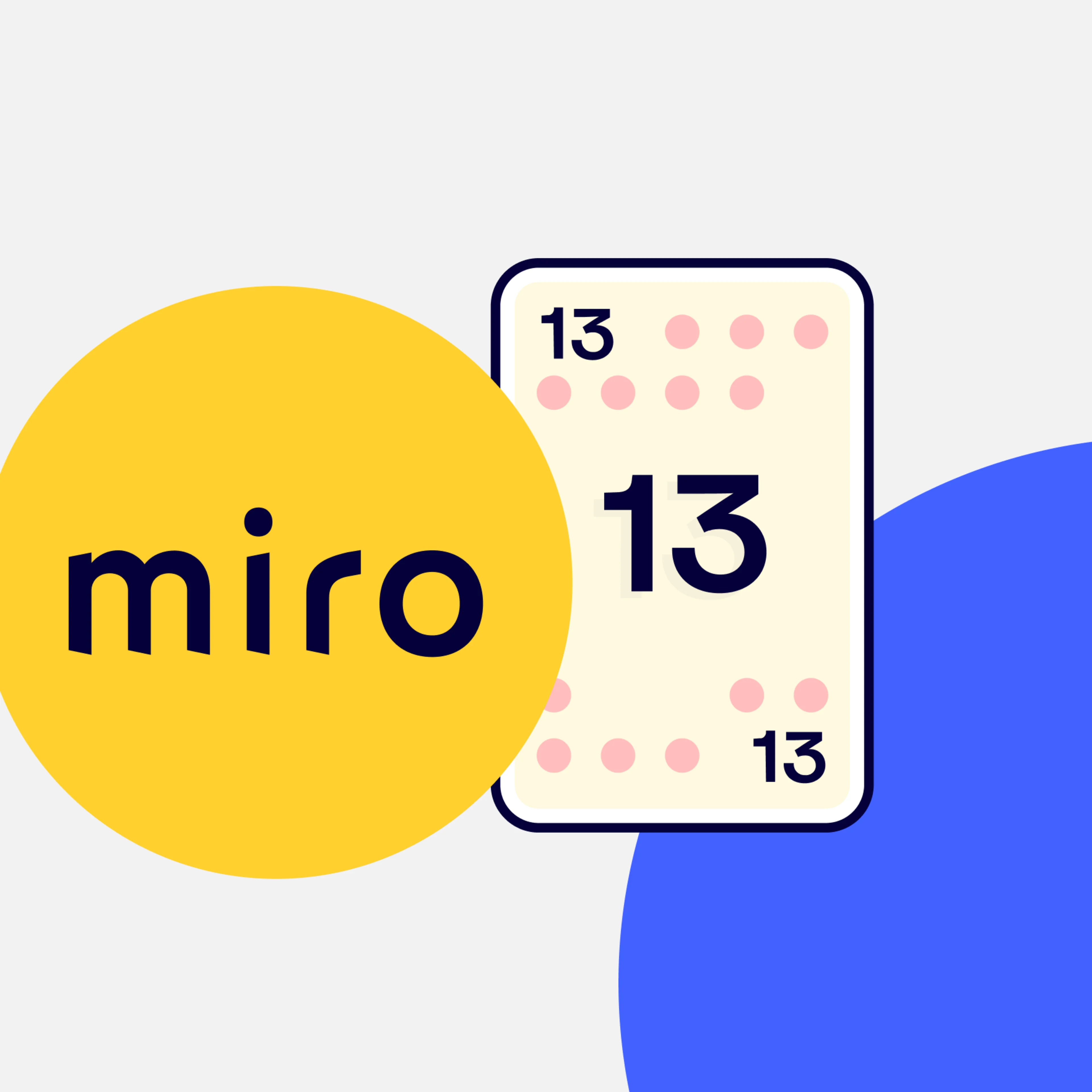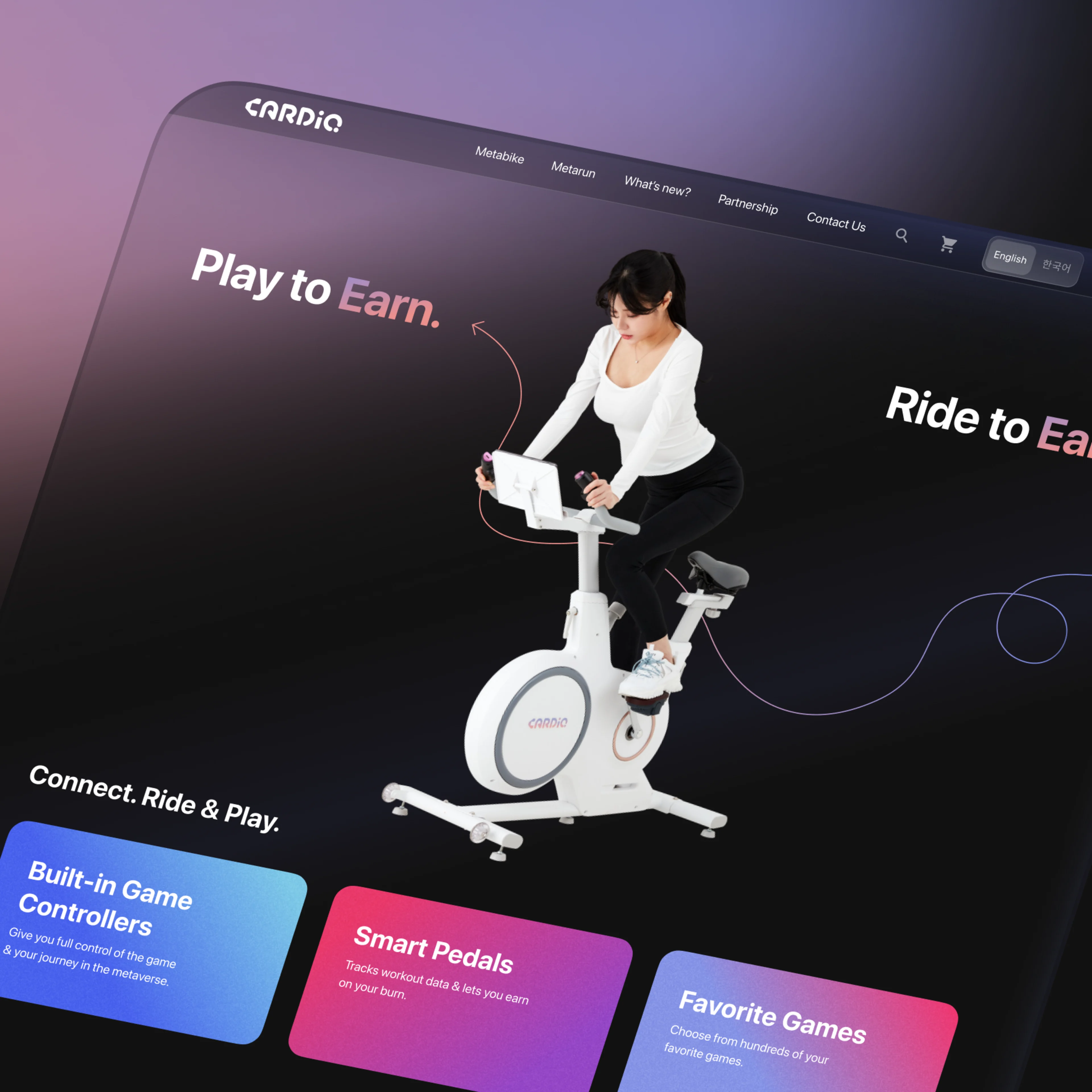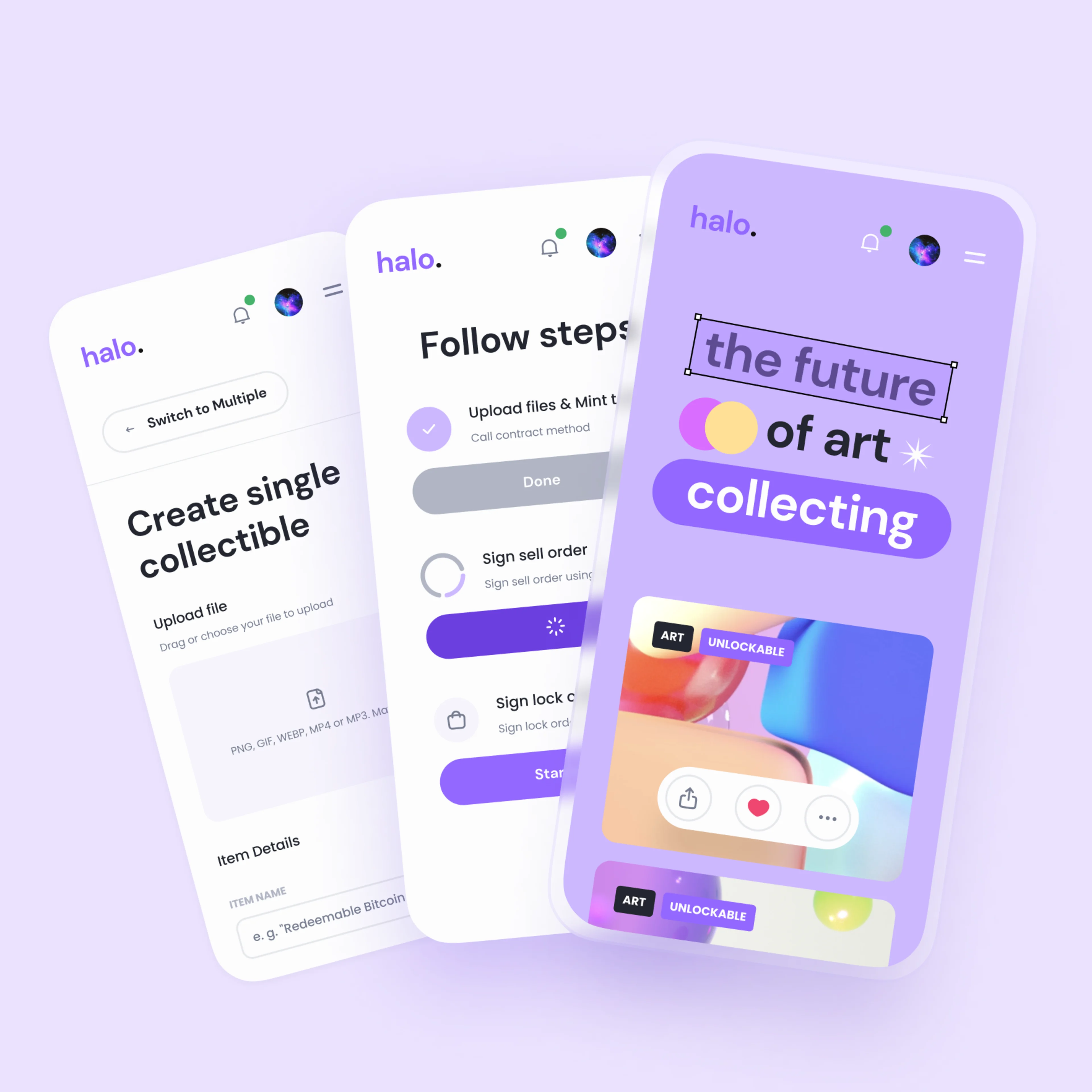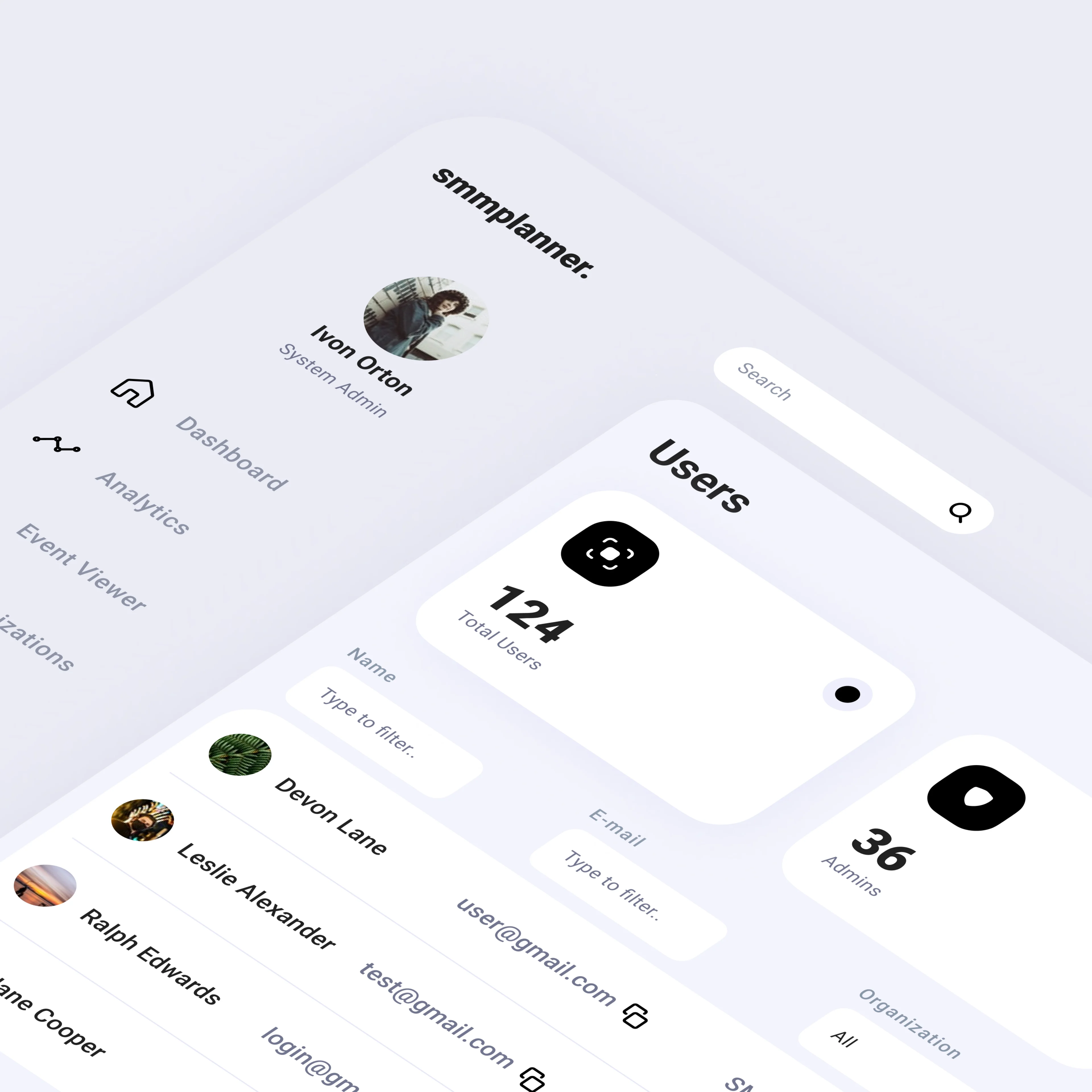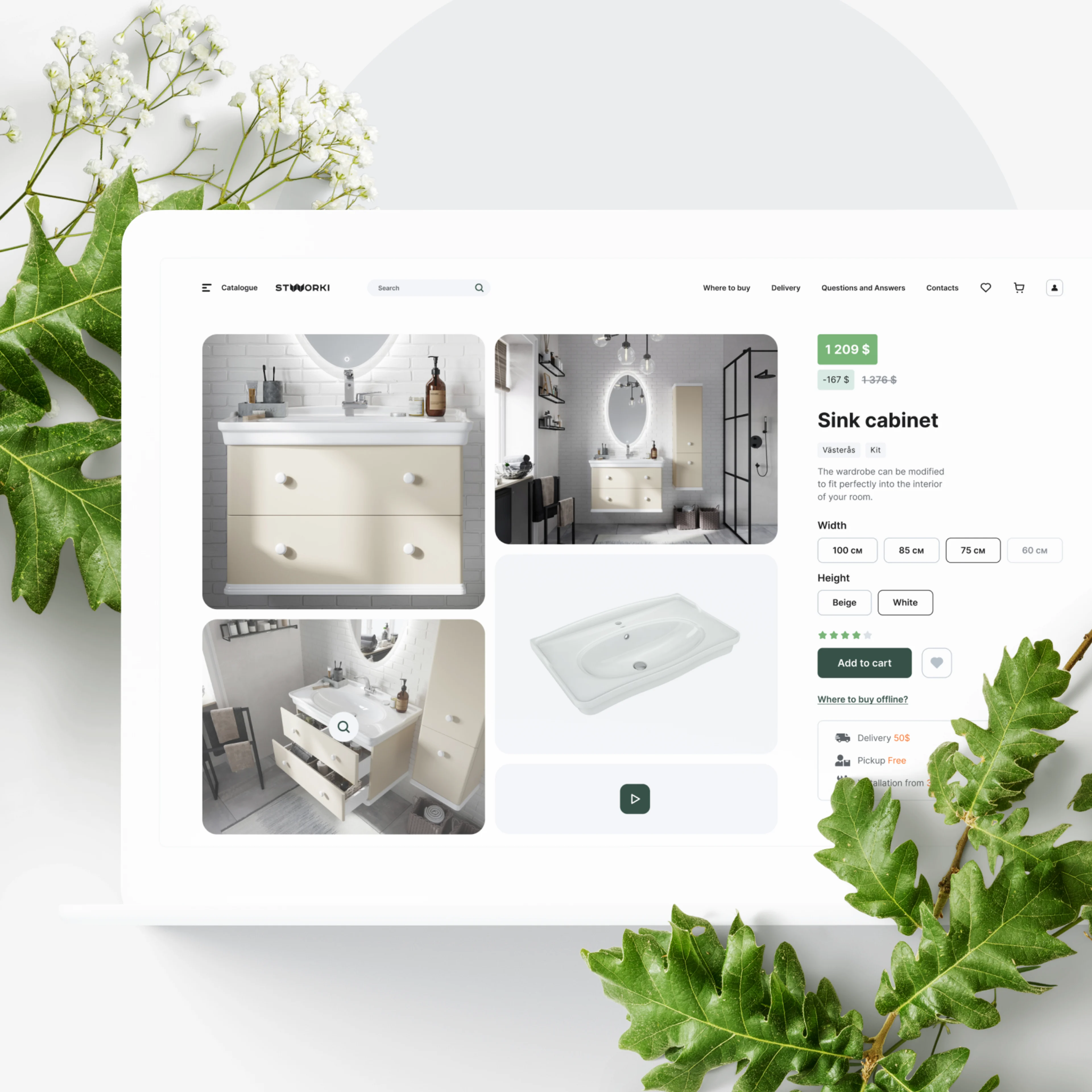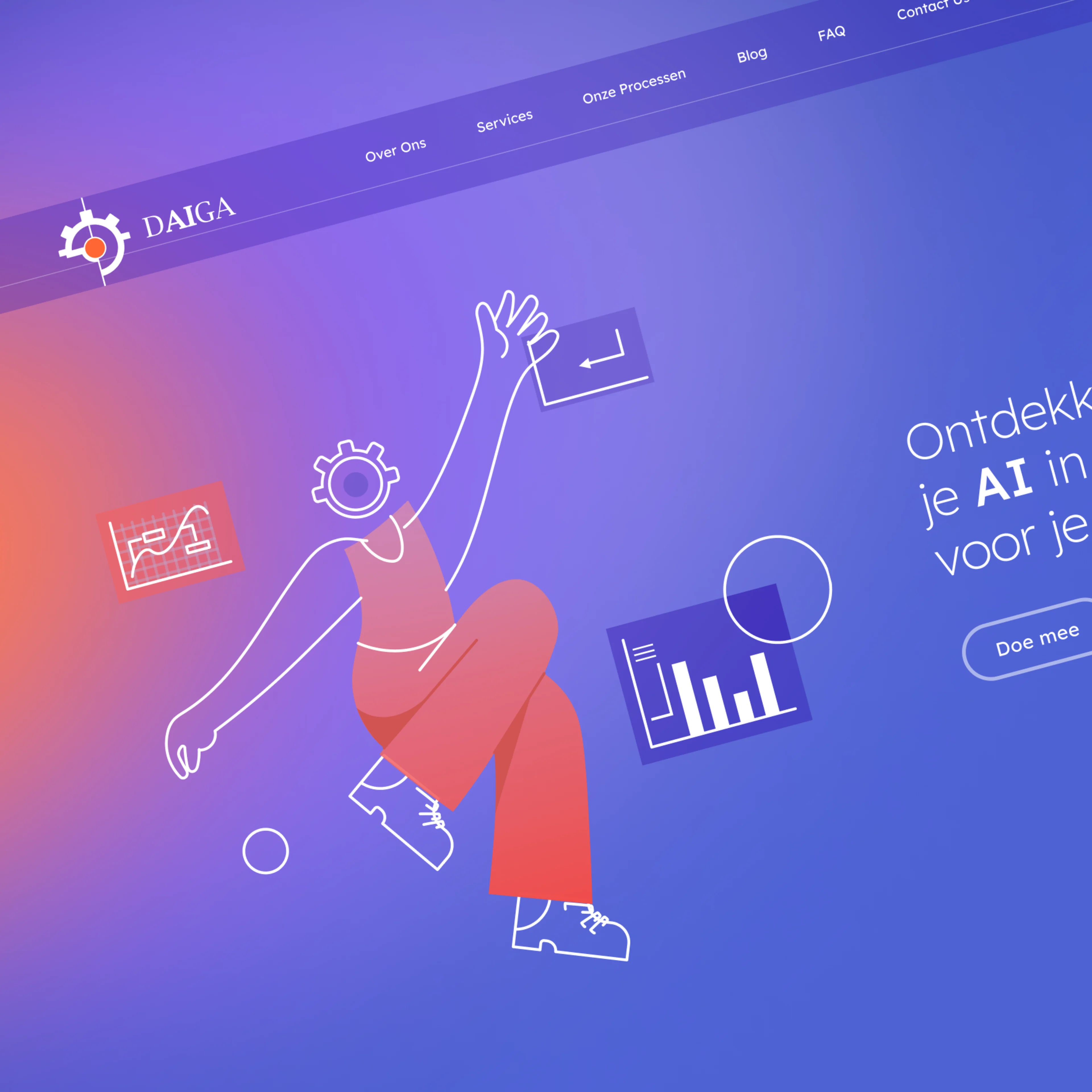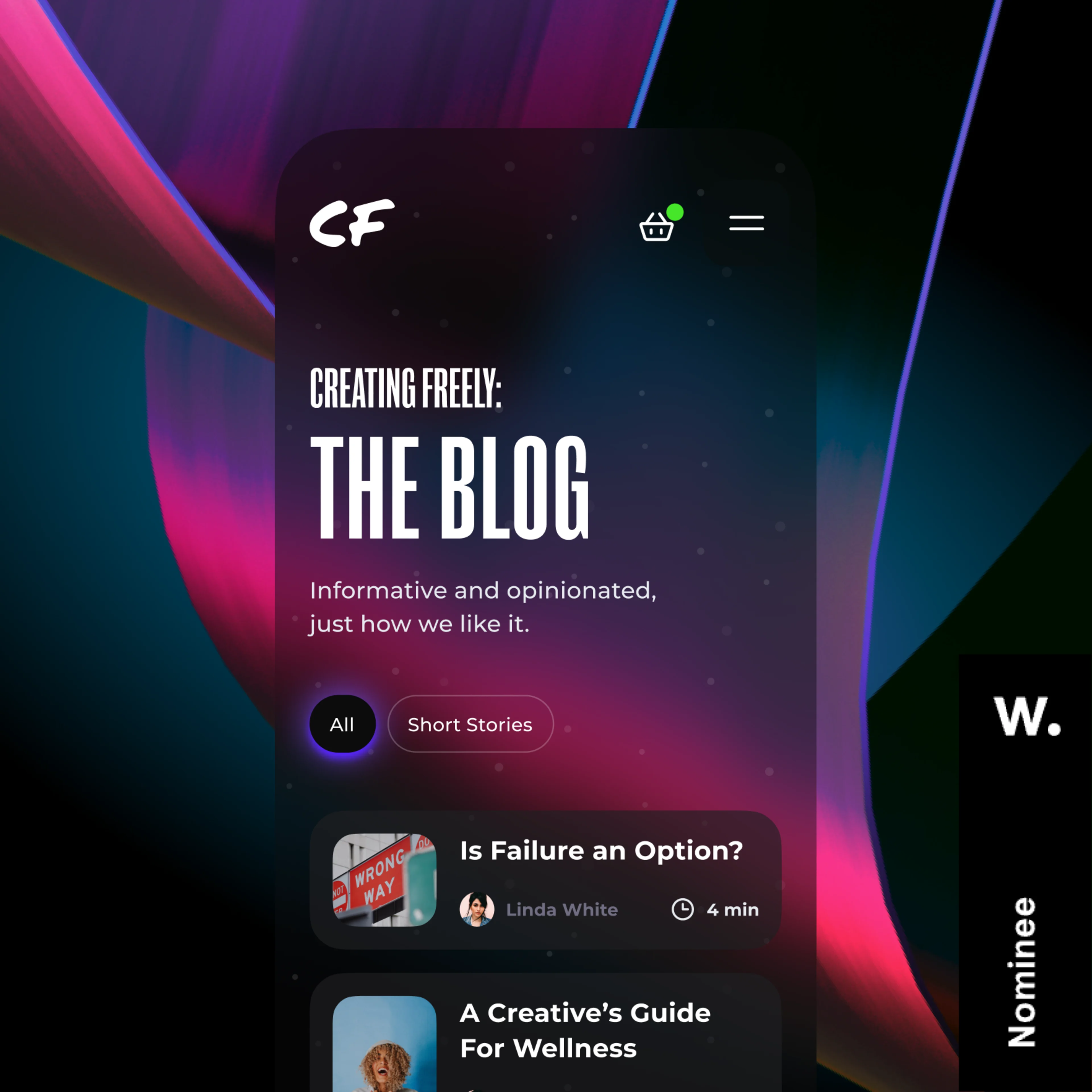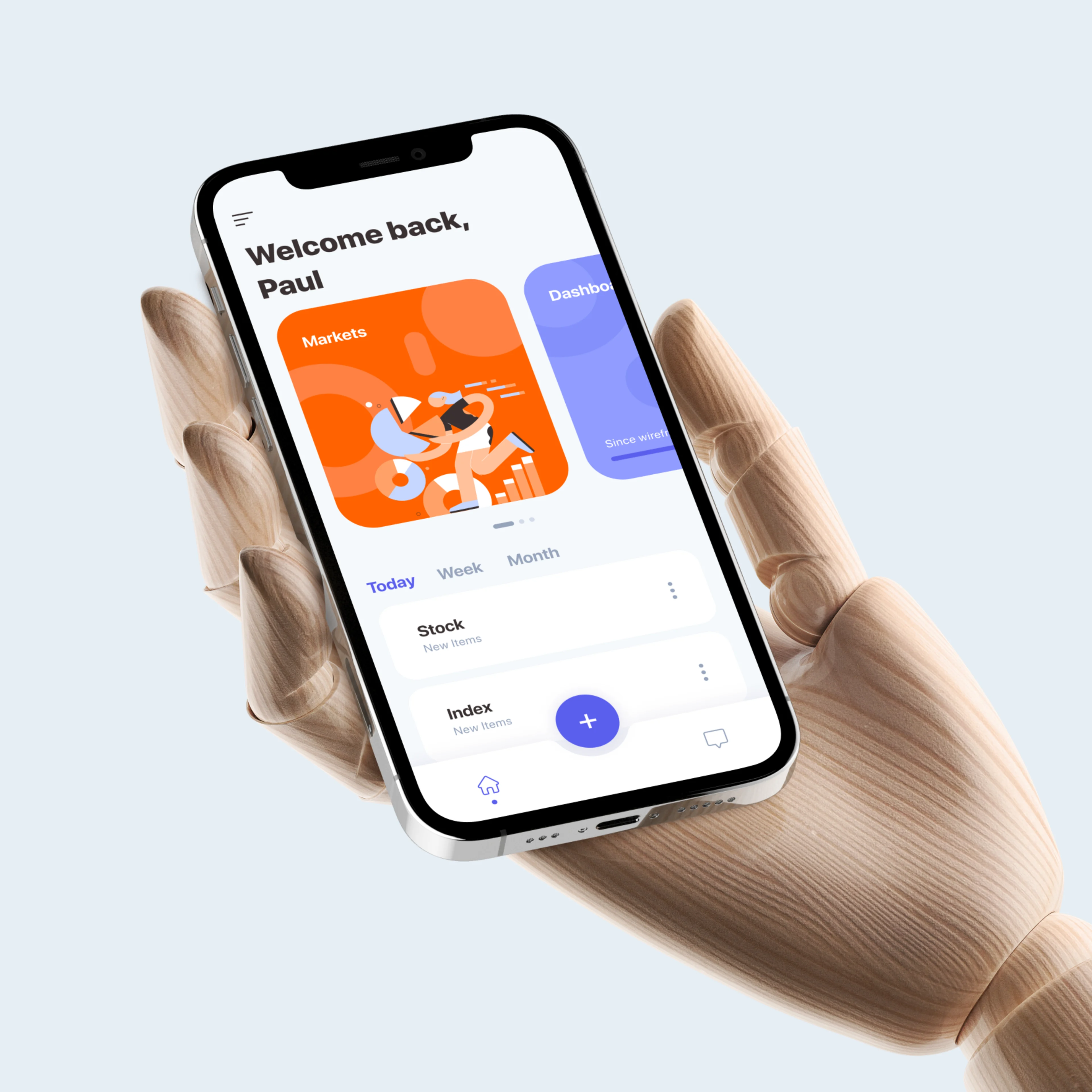Design System & UI Kit
Expand product capabilities quickly and consistently.
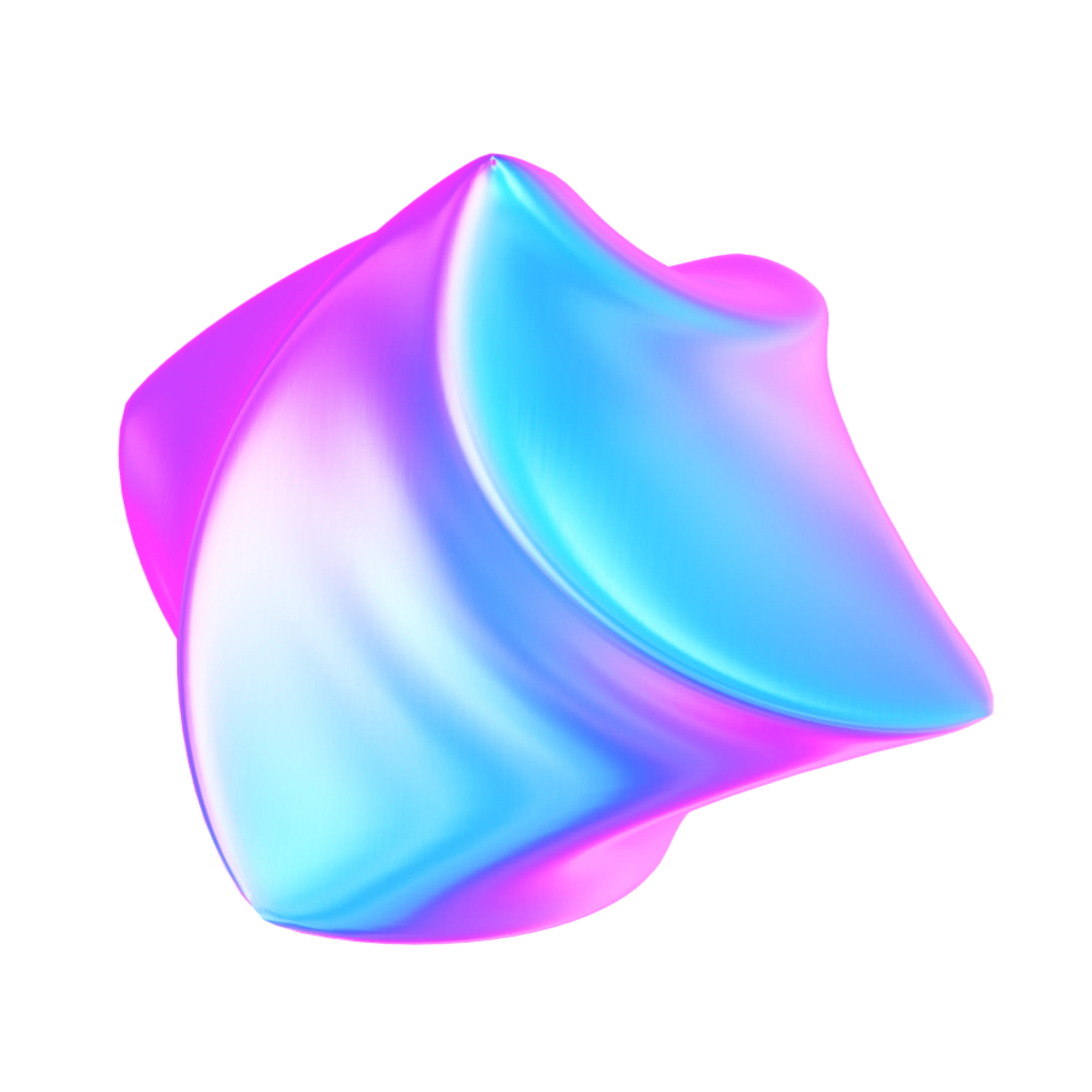
Why Design Systems?
It is more critical than ever, and design systems — sets of standards for design and code that help teams unite around a common language during the creation and life of a product, have become a massive part of what makes a company or product successful.
Speed and efficiency
Design systems are a part of process optimization; their use increases the speed and efficiency of product development and creation.
User experience
Creating more consistent, predictable, and accessible experiences builds user trust and increases conversions.
Organization
Unified approach usage to structure, ease of maintenance, iteration, and synchronization of design and code.
Unified source of truth
Design systems and documentation are a source of truth for the whole team, which helps establish high-quality standards for your product.
Building Design System
We follow the atomic design methodology — a modular method for creating libraries of patterns that are easy to maintain, scale, and develop.
Design principles are a common value system throughout the entire design system. This includes the technology that will be used to write the design system. Usually, we use the Material UI library as a base.
Following atomic design, we create atoms — the tiniest individual elements such as buttons, input fields, and text.We design them by combining visual style, color, and type.
By bringing all the atoms together, we group them into relatively simple groups of user interface elements operating together as a unit — molecules. Once put together, these abstract atoms suddenly have a purpose, for instance, to function as cards, badges, tabs, and more.
The next step is building more elaborate UI components from molecules and atoms — organisms. They are complex and independent, can perform multiple tasks simultaneously, and even have smaller organisms in them.
Once we have the basic atoms, molecules, and organisms, we build and design templates — page-level objects that place components into a layout and articulate the design’s underlying content structure. They allow the team to focus on the page’s underlying content structure and define its framework.
The page is the most crucial stage of atomic design. It demonstrates the final interface filled with unique content and helps to test the effectiveness of the underlying design system. For instance, we check the patterns' maintenance and overall functionality. Otherwise, we loop back and modify molecules, organisms, and templates to better meet the content’s needs.
Curious?
Don't wait — let's embark on an extraordinary digital journey together.

Related Projects
Planning Poker App
Consensus-based, gamified app for Scrum


Sustainable Agriculture
Smart farming in the Netherlands, which uptakes more CO2 than emits



Eco Sence
From Air Analysis to Carbon Credits: your Eco Companion


Cardiohealth Metaverse
Combine fitness with metaverse experience



User Management Dashboard
Role-based social media management dashboard



Flagship store
Building furniture brand experience that bridges Marketing and eCommerce



Squads Development Community
Global full-stack development talent network



Daiga Business Consultancy
Daiga is a business consultancy inspired by connecting people with AI



Blockchain Platform
All-in-one Crypto trading platform



